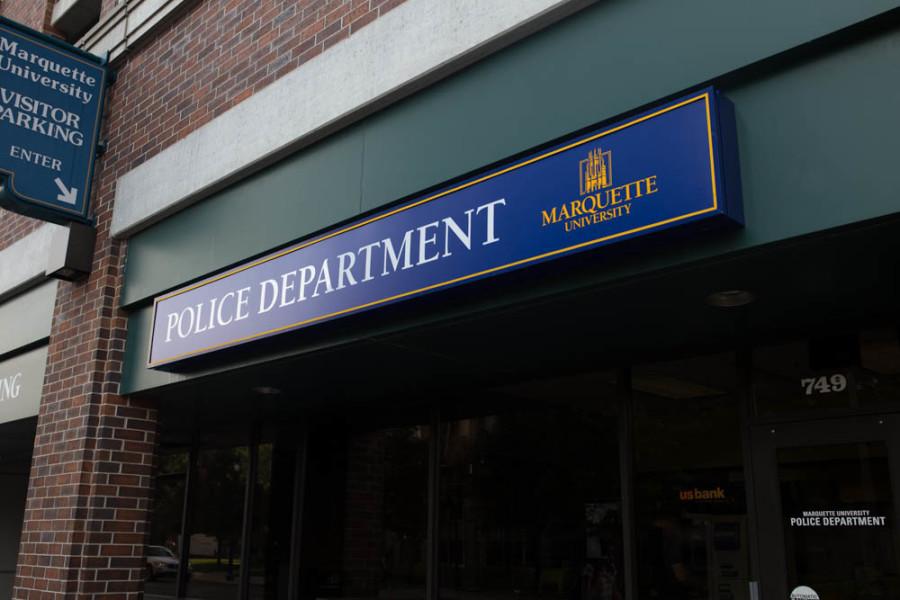Patrolling Marquette Police Department officers will carry tasers by the end of the month.
The MUPD Advisory Board unanimously voted and endorsed the use of tasers on Feb. 9. With completion of requisite officer taser training, MUPD is moving forward to implement the non-lethal weapon and a checkout system to obtain it during officer shifts only. The department chose the Taser X26P, a single-shot weapon.
“We’ll probably start phasing them in sometime next week or the week after,” said MUPD Chief Paul Mascari.
Mascari stressed that tasers will only be used if a person is an active safety threat.
“This is about giving officers another option … to deal with a potentially dangerous situation,” Mascari said.
This implementation is part of a two-year taser pilot program which MUPD said last month would start with four tasers. Mascari could not specify the number of tasers that will come but said it’s likely between 5 and 15 tasers. He said there will be enough “deployed to meet our needs and to be satisfied that officers responding to a situation will have that tool available.”
Additionally, the tasers will be stored at the MUPD offices and won’t be loaned to individual officers.
“The goal is to have every patrol officer on shift have a taser, but we’re not issuing a taser to every officer,” Mascari said. “They’ll just check it out at the beginning of their shift and check it in at the end of the shift.”
Department of Campus Safety Lt. Mark Cleveland approves of the change.
“I think all police officers should carry a taser,” Cleveland said. “It’s another tool they can use to provide them another option other than escalating to deadly force.”
MUPD performed a shorter taser pilot program starting in February. The 40 MUPD officers had to complete one classroom-based taser user certification session each. MUPD Captain Jeff Kranz led the sessions. Officers also received de-escalation and officer-created jeopardy training.
The de-escalation training will put “officers in a position to not use force and resolve (conflict) through other means by creating distance and time,” Kranz said. “The more distance, the more time you have to de-escalate.”
The officer-created jeopardy training will focus on how officers can avoid putting themselves in danger by maintaining a safe distance from a potential suspect.
“The taser itself gives officers the chance to back off and give some space,” Kranz said. “The only time a taser would actually be used on a person is if there is an immediate threat of harm being done to somebody.”
Kranz mentioned instances when tasers should not be used, including when someone is passively resisting arrest or fleeing from an officer.
The percentage of taser-equipped police departments in the country has increased significantly over the past years. Seven percent of police forces had tasers in 2000, and that number is now over 81 percent, according to a 2013 U.S. Department of Justice report.
Michael Krzewinski, adjunct assistant professor of criminology and law studies, said tasers are less of a hassle compared to guns and there is a far greater chance of deadly consequences when using guns as opposed to tasers. He said tasers will decrease the chances of a lawsuit or citizen complaints filed against police officers.





